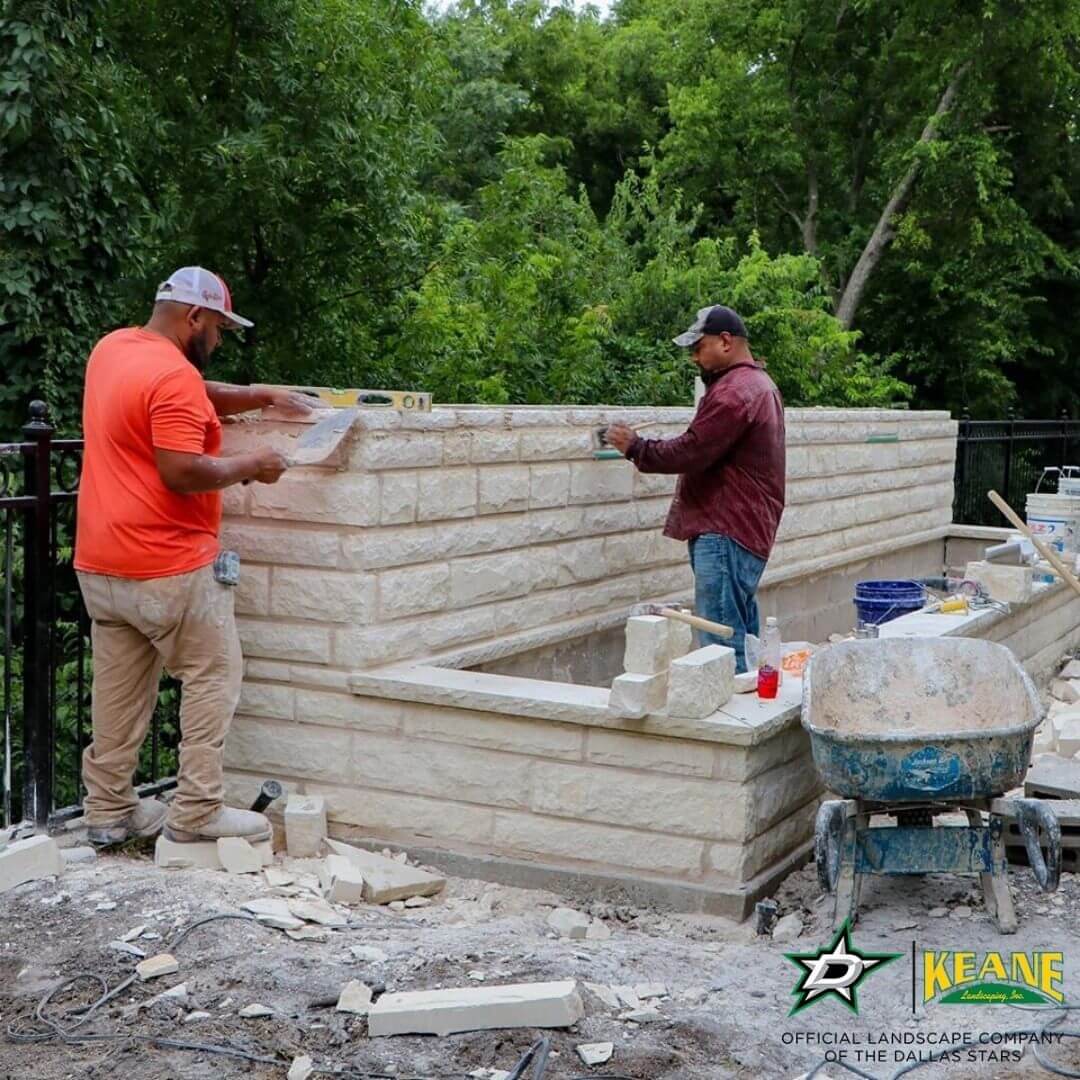Professional Siding Contractor Services to Boost Curb Appeal
Professional Siding Contractor Services to Boost Curb Appeal
Blog Article
Unlocking the Tricks of Sustainable Masonry Construction Practices for Eco-Friendly Structures
Amongst the myriad techniques to eco-friendly structure, sustainable masonry construction stands out as a tried and true and sturdy technique that holds a wide range of untapped possibility. From the selection of materials to ingenious building and construction techniques, the tricks to attaining sustainability within stonework building and construction are complex and interesting.
Advantages of Sustainable Stonework Construction
Accepting sustainable masonry building and construction methods not only reduces environmental impact yet additionally uses lasting economic benefits to builders and areas. By utilizing materials like recycled blocks, blocks, and rocks, building contractors can significantly lower the carbon impact of their jobs while advertising resource effectiveness. Furthermore, sustainable stonework building techniques, such as correct insulation and thermal mass buildings, can improve power efficiency within structures, leading to decreased functional prices gradually.
Additionally, the longevity and resilience of stonework frameworks contribute to lasting financial advantages. Structures built using sustainable masonry techniques commonly call for less repair and maintenance, converting to cost savings for building contractors and homeowner. The durability of stonework materials also makes certain that structures continue to be stable and secure, reducing the demand for frequent renovations or replacements.
Eco-Friendly Masonry Materials
Using green stonework materials is a pivotal action towards enhancing the sustainability of building methods and decreasing environmental effect while making the most of lasting economic advantages. Lasting stonework products are sourced, produced, and made use of in a way that decreases overall ecological influence. Products such as recycled bricks, reclaimed rock, and sustainable cinder block are ending up being increasingly prominent options for eco-conscious building contractors. Recycled blocks, for instance, not only draw away waste from landfills but additionally need less energy to generate compared to new bricks. Recovered stone supplies an one-of-a-kind visual charm while reducing the demand for new quarrying. Lasting concrete obstructs incorporate recycled accumulations and might feature improved insulation residential properties, adding to energy efficiency in buildings.
Additionally, natural materials like adobe, rammed earth, and straw bales give superb thermal mass residential or commercial properties, minimizing the demand for heating and cooling down energy. These products are typically locally readily available, promoting local economies and minimizing transportation-related carbon exhausts. By selecting environment-friendly stonework products, construction tasks can significantly decrease their environmental footprint and add to the production of much healthier, a lot more lasting siding contractor built environments.
Energy-Efficient Stonework Methods
Energy effectiveness plays an essential function in boosting the sustainability of masonry building methods. One key energy-efficient stonework technique is the usage of thermal mass, which involves incorporating dense materials like concrete or block right into the structure's framework to take in and store warm.

Developments in Sustainable Stonework
Current innovations in sustainable stonework methods have actually produced ingenious methods that are improving the construction sector. One such technology is the growth of self-healing concrete, which utilizes germs embedded within the concrete to heal splits autonomously. This advancement not only decreases upkeep expenses but also enhances the durability of stonework structures, adding to their sustainability.
One more significant advancement is making use of recycled aggregates in masonry building - masonry contractor. By including materials such as smashed ceramic waste or recycled glass into concrete blends, contractors can minimize the ecological impact of building and construction jobs while keeping architectural honesty. This practice not just draws away waste from landfills but also conserves all-natural resources, making it a key advancement in sustainable masonry construction
Moreover, the integration of digital design devices, such as Structure Details Modeling (BIM), is revolutionizing the method masonry structures are prepared and created. BIM enables even more precise estimations, decreased product wastage, and boosted energy effectiveness, inevitably bring about even more sustainable building practices. These advancements collectively represent an appealing future for sustainable masonry building in the period of environment-friendly buildings.
Future Trends in Stonework Sustainability
With the ingenious strides made in sustainable masonry methods, the future fads in masonry sustainability are poised to further revolutionize the building and construction industry. Among the key patterns shaping the future of masonry sustainability is the enhanced integration of innovation. Innovations such as Structure Information Modeling (BIM) and digital reality simulations are being used to enhance masonry construction processes, causing decreased material waste and boosted energy efficiency in buildings.
In addition, the growth of novel sustainable products is readied to play a considerable role in boosting the eco-friendliness of masonry construction. masonry contractor. Technologies like self-healing concrete, recycled accumulations, and bio-based binders are acquiring traction for their capability to reduce environmental effect while maintaining architectural stability

Verdict
In conclusion, sustainable stonework building and construction practices use countless benefits for environmentally friendly structures. By making use of eco-friendly materials and energy-efficient methods, stonework can add to an extra sustainable built atmosphere. Advancements in lasting stonework are continually being developed to further enhance the environmental performance of buildings. Looking towards the future, the pattern of stonework sustainability is anticipated to expand, leading to more environmentally friendly and energy-efficient construction practices in the years to come.
Report this page